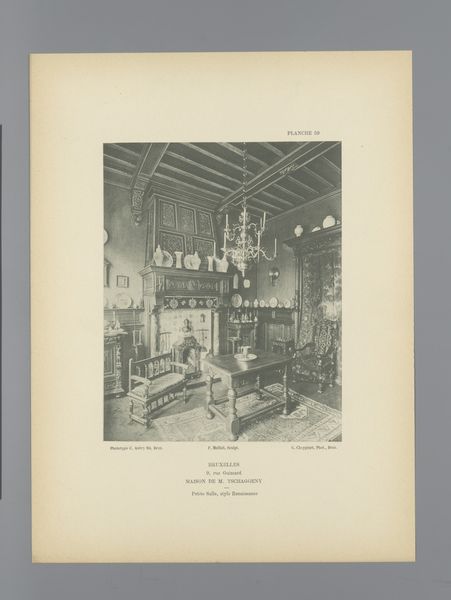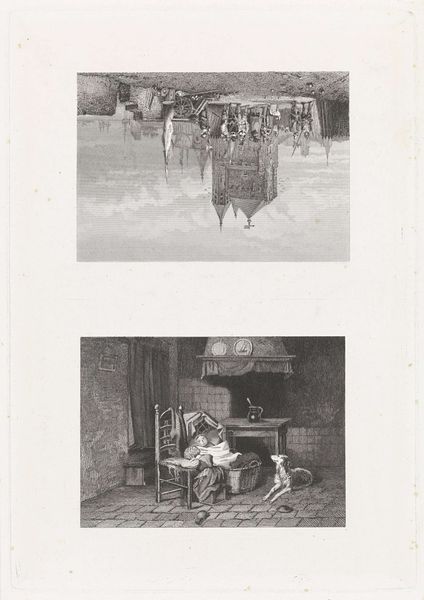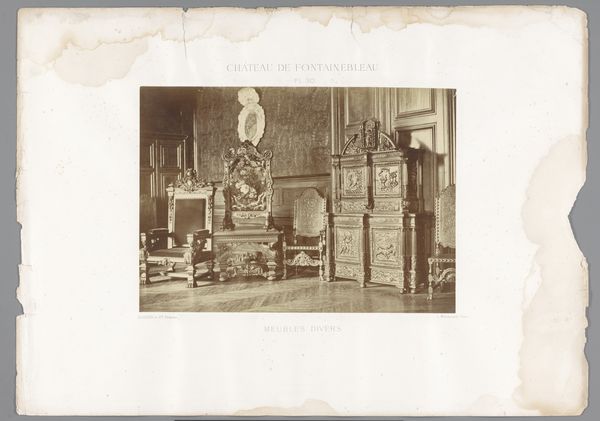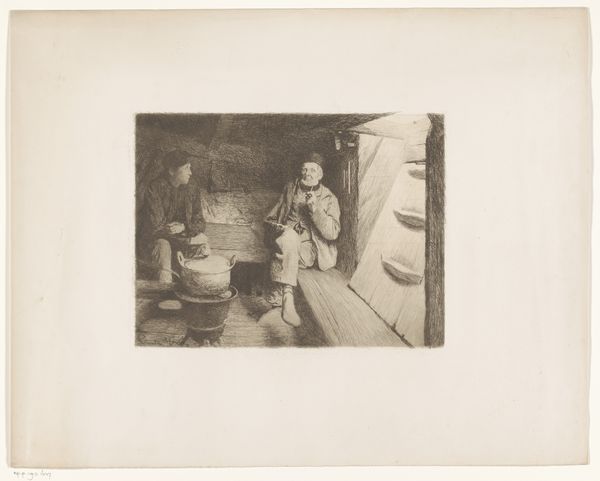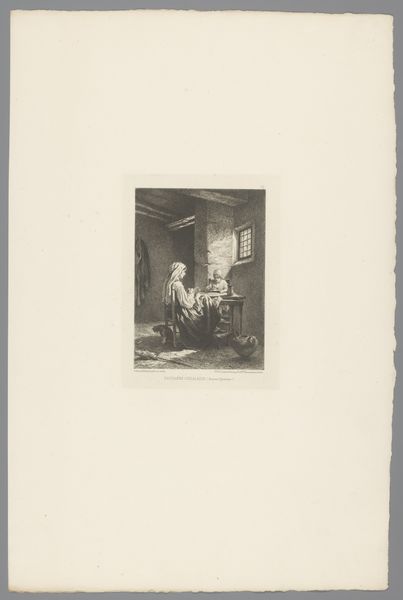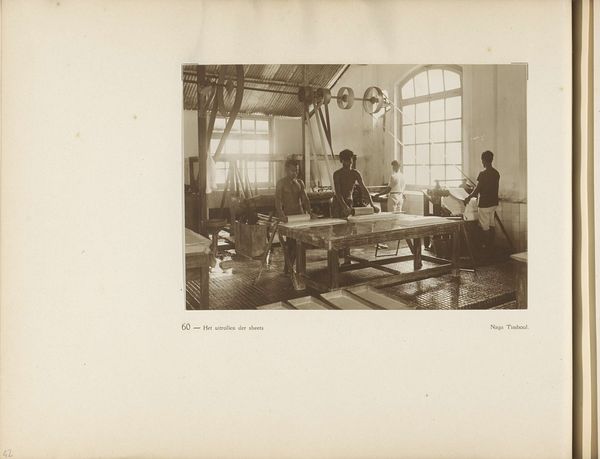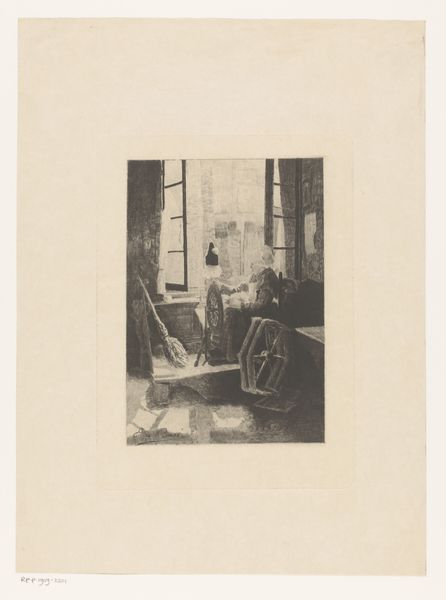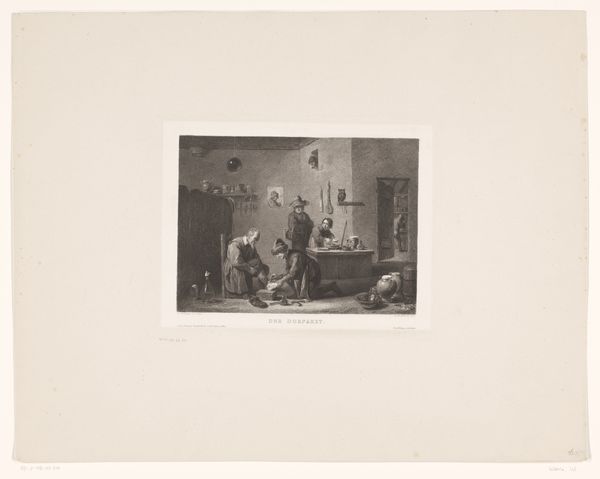
Rolling Scented Caper and Gunpowder Teas; Weighing Tea for Exportation; A Tea House, Canton; A Tea-Tasting Room, Canton c. 1868
0:00
0:00
photography
#
16_19th-century
#
asian-art
#
photography
#
genre-painting
#
realism
Dimensions: 10.4 × 9.3 cm (upper left image); 10.4 × 9.3 cm (upper right image); 9.7 × 10.8 cm (lower left); 9.7 × 8.9 cm (lower right); 47 × 34.8 cm (album page)
Copyright: Public Domain
Editor: This is “Rolling Scented Caper and Gunpowder Teas; Weighing Tea for Exportation; A Tea House, Canton; A Tea-Tasting Room, Canton,” a photograph by John Thomson from around 1868. The four panels illustrate the tea trade in Canton. I’m immediately struck by the sheer labor involved – it's almost anthropological. What stands out to you? Curator: I’m drawn to the depiction of labour – the sheer physical effort in the top-left panel, for example, or the careful measuring shown in the bottom images. This wasn’t simply about aesthetics; it was about the material reality of global trade. Think about the physical movements captured, the materials they are handling—the wood of the crates, the textiles of their clothing—how does it all speak to the larger economic system? Editor: It's interesting that you point out the system at work; I was viewing this from a "behind-the-scenes" vantage point. These weren't areas one would visit as a tourist or consumer. So, the materials – from the workers’ clothing to the weighing scales – are integral, then, because they represent this intersection between production, labour, and commodity? Curator: Precisely! The clothing represents labor, which in this frame equals production, which means more supply and ultimately consumption. It exposes the whole mechanism. The photograph itself, a product of specific materials and processes, becomes part of this very cycle of production and consumption it depicts. The question then becomes, how did Thomson's process of photography, a western technology, influence or change the local material practices of tea production and trade? Editor: That makes me consider how the act of documenting it all changed its meaning! Curator: Exactly. It forces us to question who benefits from this system and who bears the cost, right down to the level of materials. The image isn't neutral; it is evidence of a specific moment of colonial exchange. Editor: Thanks, I will never look at a cup of tea the same way again. I also appreciate seeing this artwork with a materialist eye.
Comments
No comments
Be the first to comment and join the conversation on the ultimate creative platform.


